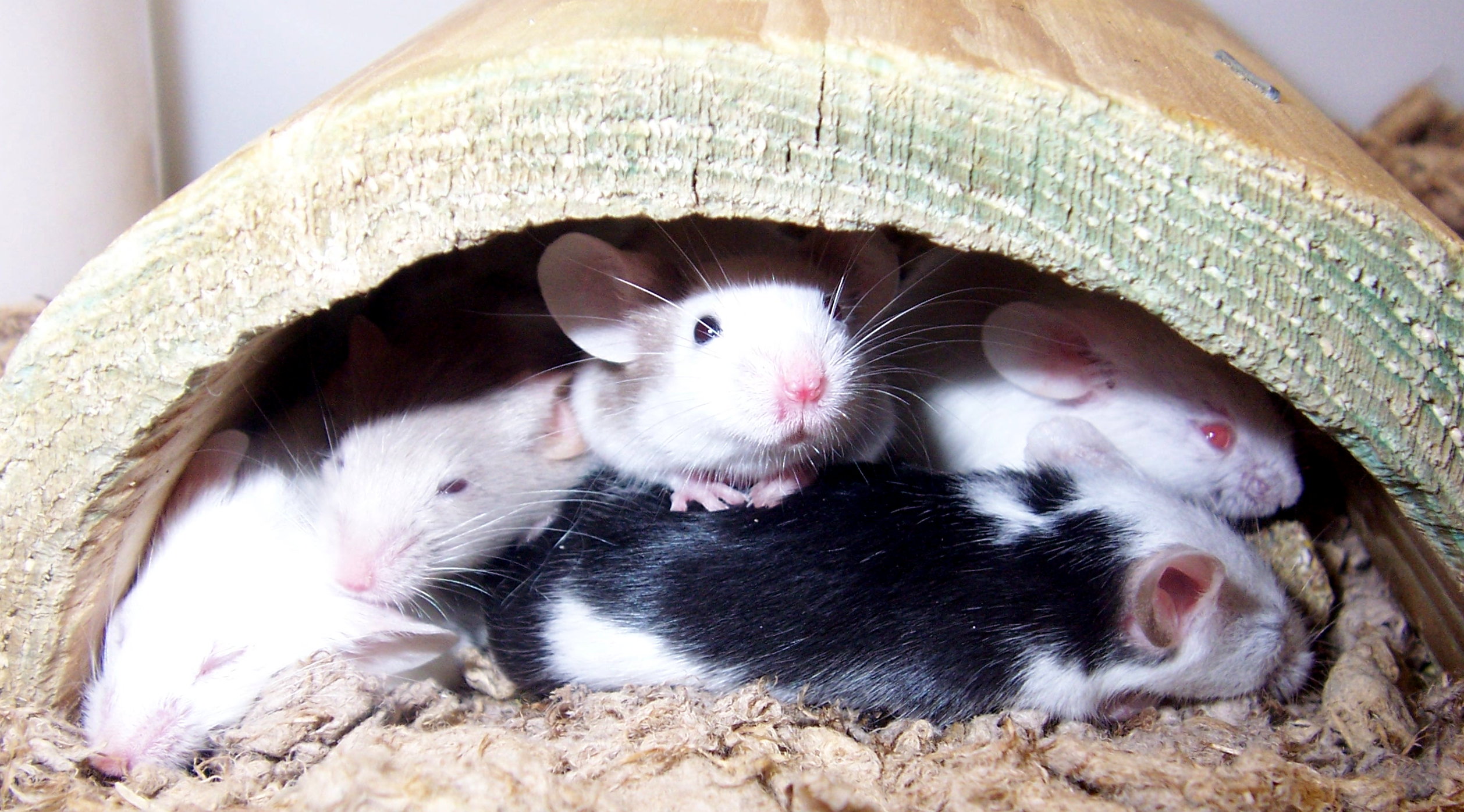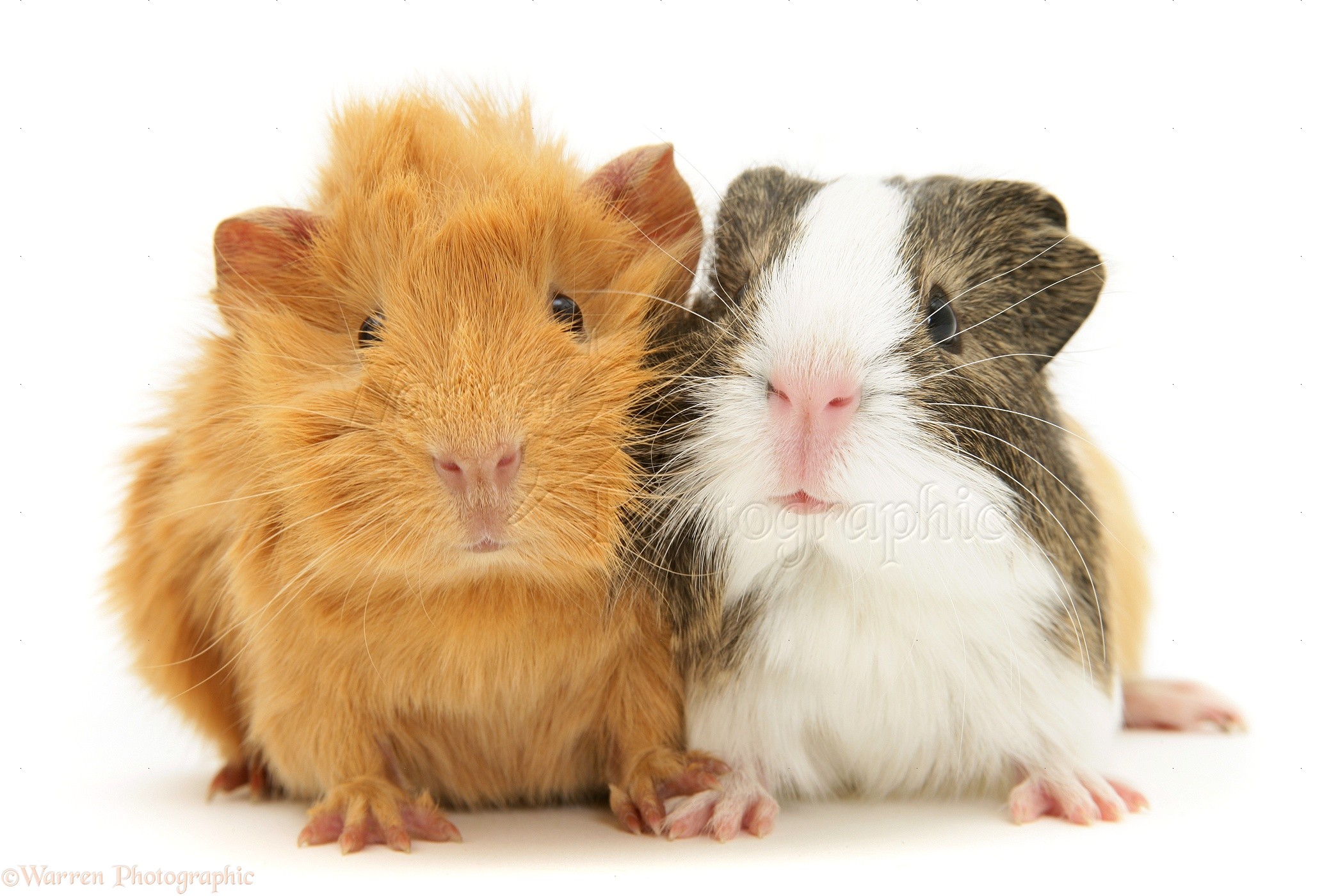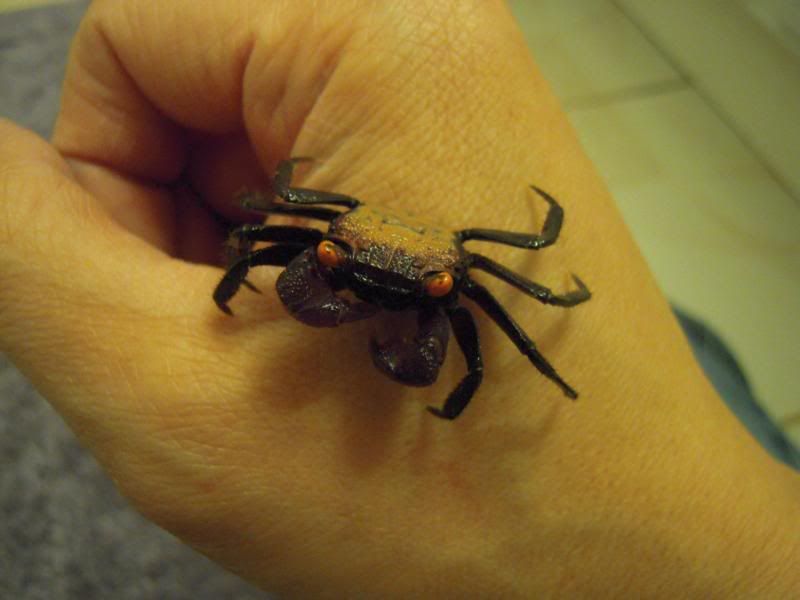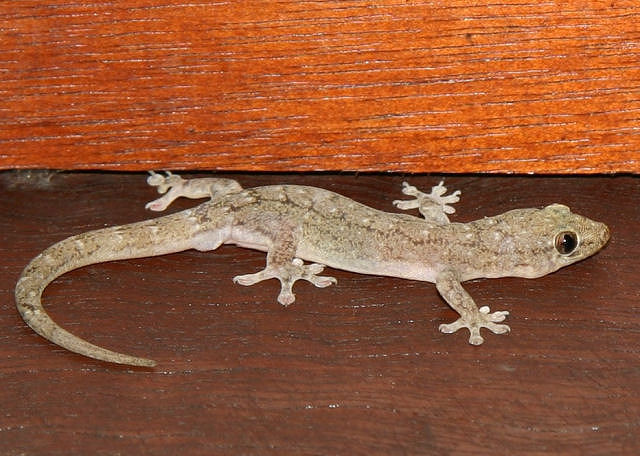Our first post will be about how to care for a tadpole! This is just sort of an overview so let me know if you have any specific questions; I'd be happy to help! Tadpole raising can really have some benefits like helping tadpoles that may have been picked off in the wild or inspiring young children to take an interest in the world around them.
To begin, where did the tadpole come from? Did the child find it outside? It makes a difference what type it is. The website paherps.com lists frogs and toads in PA :
- Eastern American Toad
- Fowler’s Toad
- Eastern Cricket Frog
- Cope’s Gray Treefrog
- Eastern Gray Treefrog
- Bullfrog
- Green Frog
- Pickerel Frog
- Northern Leopard Frog
- Wood Frog
- Atlantic Coast Leopard Frog
- Mountain Chorus Frog
- Upland Chorus Frog
- New Jersey Chorus Frog
- Western Chorus Frog
- Northern Spring Peeper
- Eastern Spadefoot
If you intend to keep the frog please read up on their requirements. Bullfrogs, for instance, need at least a 20 gallon, preferably more, and can live longer than a decade. This is important to know!
Anyway, on to the actual care and set up.
Tank:
-You will not be able to raise tadpoles by simply keeping them in a jar... if you try this they will die one by one. They will need a tank with enough space (depends on how many you have) that you can keep clean. I have done this with and without a filter.
- The tadpoles will appreciate a location with some indirect sunlight if possible, but still approx. 95% shade. Not enough for them to overheat though. Maybe in a room near a window.
- The tank will need a lid to keep pets away and keep froglets secure. A screen lid works well. If you do not have one and do not want to buy one, make your own.
- Do not over-crowd. Only a few tadpoles per gallon is ideal, but it honestly depends on the type.
Water
-Make sure any water used is dechlorinated! You can use bottled water, some use rain water, use drops intended for reptiles or fish tanks, or set the water out for 24 hours with an open top for the chlorine to evaporate.
-Water should be a few inches. I prefer to prop up one end of the tank to make a shallow end and deep end. You could also build up one side.
-Without a filter, you will just have to change the water frequently.
-With a filter: if you have large tadpoles that obviously cannot be sucked into your gentle filter, you should be fine. To use a filter with tiny tadpoles, I recommend either blocking it in your tank, or covering the intake spot with pantyhose or some material to keep the tadpoles from getting sucked in or using a sponge filter,
Decor
- It will benefit the tadpoles to add appropriate plants. Hornwort, java moss, duckweed, and anacharis are great choices. I love anacharis. It provides cover, oxygen, and they can nibble on it if they choose. You can get these plants at pet shops and garden/pond shops.
- An aquarium bubbler helps keep oxygen in the water if you have one.
- When they start to morph, you will need to provide places to leave the water easily so they do not drown. This can be done using floating docks, cork bark, various aquarium decorations, etc. This is very very important or the weak froglets will drown. You could also build a slope with gravel.

Food
-Putting a piece of cuttlebone in the water is a good, easy way to provide calcium. This can be purchased for a dollar or two at any pet store in the bird section.
- Do some research on your type because some are carnivorous, some are omnivores, some herbivores. In general, blanched greens can be used, fish flakes, algae wafers, shrimp pellets, some like bloodworms, etc.
-If you collected these guys from a local place, you could take some leaves from the location to settle at the bottom of the tank. Or some pond scum type debris from their original location. You can also use indian almond leaves.
-Some pet shops sell tadpole food!
-As their tail shrinks, they will not need food.
-If you still have them once the tail shrinks, you will need some tiny food like baby crickets, fruitflies, or leaf litter bugs.
Metamorphosis
-Once the little guys start getting front arms, it is time to really make sure they can easily escape the water. Keep a close eye on them. Some froglets, especially frogs that stay on the ground, may be especially poor swimmers and need help leaving the water. Good luck!
So hopefully this provides some helpful general information. Shoot me any specific questions or comments if you have them!























